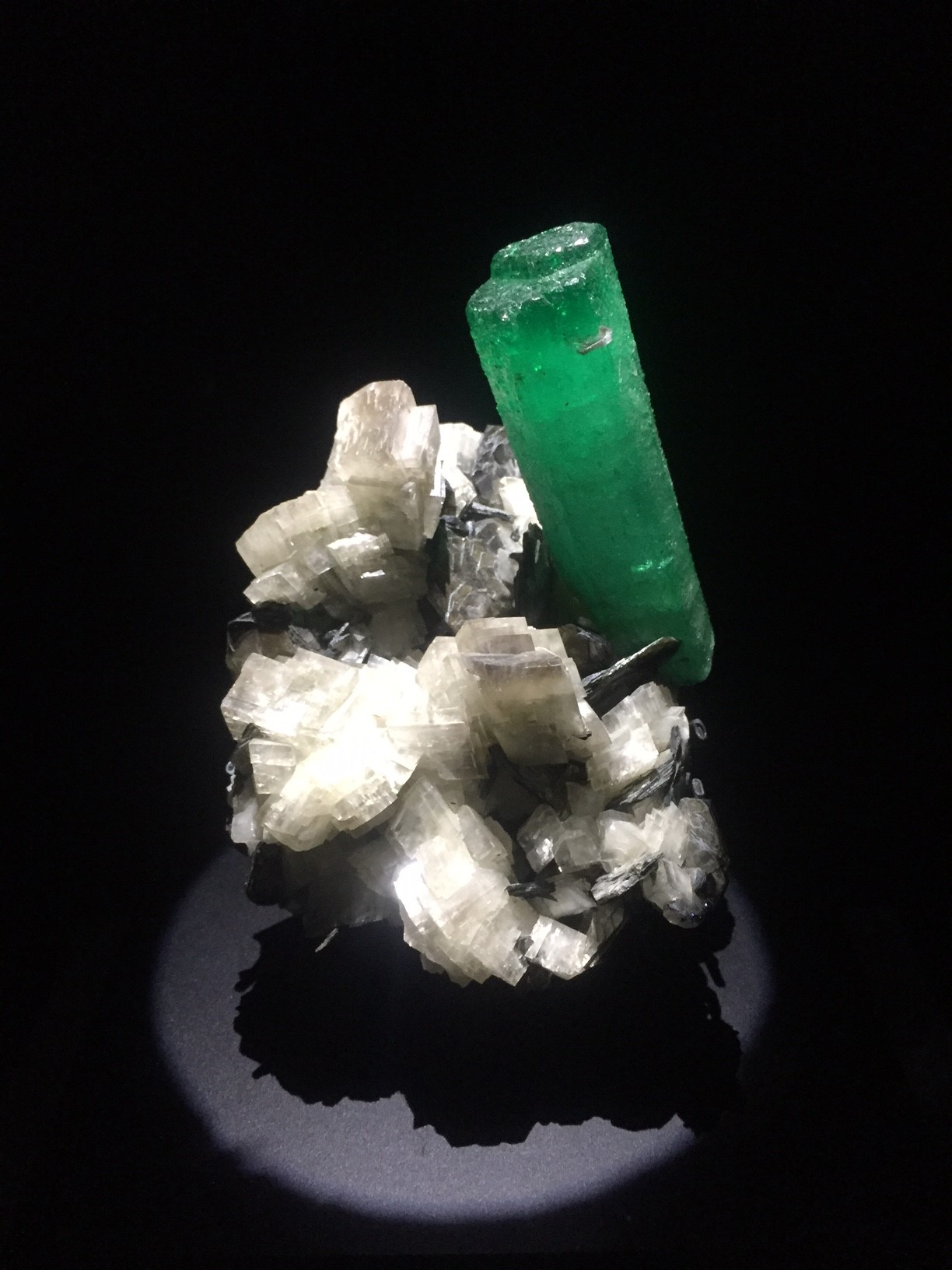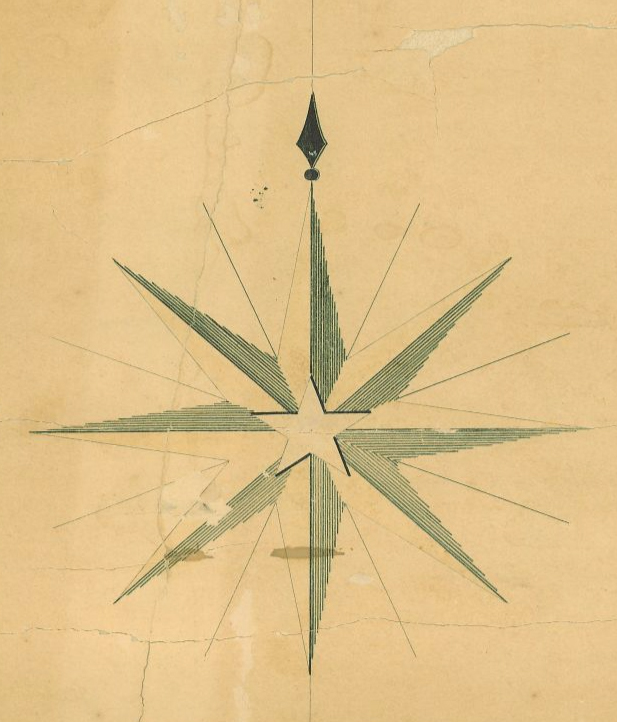Do you wish you had a butterfly garden? Would you like to attract more of those beautiful creatures to your pre-existing garden? If so, don’t miss our Spring Plant Sale, Saturday, April 6th from 9 a.m. to noon! It takes place on the seventh level of the HMNS parking garage, where we will have a plethora of butterfly plants to choose from.
Of the dozens available, I chose 10 of my favorites for spring:
1. Zexmenia hispida or Hairy Wedelia. This perennial bush grows up to 2 feet tall. Native to the Texas Hill Country, it likes full sun and is drought-tolerant. The 1-inch wide yellow flowers cover this bush from spring through fall. It is a great nectar plant! Because it dies back in the winter, it needs a good haircut in the spring. We have this plant growing in our Demonstration Garden outside the Cockrell Butterfly Center. Stop by and check it out!
 2. Gaillardia pulchella or Mexican Blanket. If you like native plants, this is a must have! You will have flowers on this plant from spring to fall. The blooms resemble targets that literally direct the butterflies to the nectar within! These plants typically grow in a mounding clump, with the flowering stalks reaching up to 2 feet tall. They like full sun and have average to low water needs once established. Save the seed heads and re-plant in spring!
2. Gaillardia pulchella or Mexican Blanket. If you like native plants, this is a must have! You will have flowers on this plant from spring to fall. The blooms resemble targets that literally direct the butterflies to the nectar within! These plants typically grow in a mounding clump, with the flowering stalks reaching up to 2 feet tall. They like full sun and have average to low water needs once established. Save the seed heads and re-plant in spring!
 3. Red Porter Weed (Stachytarpheta sp.). This tropical plant attracts butterflies and hummingbirds with its red spiked blooms. It’s a tender perennial, but it usually comes back from the base of the plant in spring if it is well-mulched in cold weather. It likes full sun and average watering, and grows up to 3 feet tall. We use these plants in the Butterfly Center year-round to keep our butterflies fed and happy!
3. Red Porter Weed (Stachytarpheta sp.). This tropical plant attracts butterflies and hummingbirds with its red spiked blooms. It’s a tender perennial, but it usually comes back from the base of the plant in spring if it is well-mulched in cold weather. It likes full sun and average watering, and grows up to 3 feet tall. We use these plants in the Butterfly Center year-round to keep our butterflies fed and happy!
 4. Lantana montevidensis or Purple Trailing Lantana. This spreading perennial grows up to 2 or 3 feet wide, and blooms nearly year-round! It likes full sun but can tolerate a little bit of shade, especially in the afternoon, and has average to low water needs. The specimen in our Demonstration Garden has started to outgrow its space after a few years, so cutting it back once a year is recommended.
4. Lantana montevidensis or Purple Trailing Lantana. This spreading perennial grows up to 2 or 3 feet wide, and blooms nearly year-round! It likes full sun but can tolerate a little bit of shade, especially in the afternoon, and has average to low water needs. The specimen in our Demonstration Garden has started to outgrow its space after a few years, so cutting it back once a year is recommended.
5. Stokesia laevis or Purple Stokes Aster. The flowers on this plant are striking! Up to 3 inches wide, they are a beautiful purple color with white centers. This herbaceous perennial only grows to about a foot high and is drought-tolerant. It blooms from spring through summer and is also a great plant for bees (we need to feed them too)!
6. Tithonia rotundifolia or Mexican Sunflower. This hard-to-find annual likes full sun and has average water needs. The plant tends to fall over and grow up from the stalk into a medium-sized bush — about 3 by 3 feet. You can save the seeds as the flower heads turn completely brown and dry up. Its one of the best nectar plants for butterflies!
 7. Asclepias physocarpa or Family Jewels Milkweed. This plant has a funny name but is a seriously good host plant for Monarch and Queen caterpillars. Similar to Asclepias curassavicaI, or Tropical Milkweed, this species grows taller — about 4 feet — and has pinkish-white flowers. It likes some light shade in the afternoon and has average water needs once established. The seed pods that develop give rise to their common name, “Family Jewels.” Grow one to see what I mean!
7. Asclepias physocarpa or Family Jewels Milkweed. This plant has a funny name but is a seriously good host plant for Monarch and Queen caterpillars. Similar to Asclepias curassavicaI, or Tropical Milkweed, this species grows taller — about 4 feet — and has pinkish-white flowers. It likes some light shade in the afternoon and has average water needs once established. The seed pods that develop give rise to their common name, “Family Jewels.” Grow one to see what I mean!
 8. Cassia alata or Candlestick Cassia. A fast growing, tender perennial tree, this is a host plant for Sulfur butterflies — those bright yellow ones! This plant grows up to 8 feet in one year, so you will need some space for it unless you cut it back occasionally. It likes full sun and average watering. Blooming late spring through fall, the large yellow flower spikes top off the tree. The well-camouflaged Sulphur caterpillars can be found on the newer growth or the flowers. The caterpillars eating the leaves are usually green striped, but those that eat the flowers tend to be more yellow. It’s always a treat to find them!
8. Cassia alata or Candlestick Cassia. A fast growing, tender perennial tree, this is a host plant for Sulfur butterflies — those bright yellow ones! This plant grows up to 8 feet in one year, so you will need some space for it unless you cut it back occasionally. It likes full sun and average watering. Blooming late spring through fall, the large yellow flower spikes top off the tree. The well-camouflaged Sulphur caterpillars can be found on the newer growth or the flowers. The caterpillars eating the leaves are usually green striped, but those that eat the flowers tend to be more yellow. It’s always a treat to find them!
9. Foeniculum vulgare or Bronze Fennel. We usually think of fennel’s culinary use, but it is also a butterfly host plant. Have you ever noticed those green, black and white striped caterpillars in your herb garden? They are the larvae of the gorgeous Black Swallowtail butterfly! They like to munch on almost anything in the Apiaceae or Celery family, including fennel, parsley, dill, even carrot leaves. They will also eat another herb, rue, which is related to citrus. Bronze fennel is my favorite host plant for the Black Swallowtail. The plant forms a purplish feathery cloud, which looks striking in the landscape. Bronze fennel can grow to be a 2 to 3-foot mounding shrub and can even last as a perennial. In full sun, it grows more compact and gives off a licorice smell. It has average to low water needs once established. An unusual and versatile plant!
10. Passiflora foetida or Love-In-A-Mist Passion Flower. Passion vines are host plants for our native longwing — the Gulf Fritillary. However, some passion vines are not as favored by the caterpillars as others. The best ones for the Gulf Fritillary larvae are Incense (a hybrid), blue passion flower (Passiflora caerulea), native passion vine (P. incarnata) and P. foetida. Of these, foetida is my favorite. Its fuzzy leaves give off a “skunky” odor — hence the species name “foetida,” meaning “fetid.” The common name, Love-In-A-Mist, comes from the way the lacy sepals (Google it) cover the bright red fruits, like love in a misty shroud. The delicate pink blooms occur in clusters — which is somewhat unusual for passion flowers — and smell a little bit like bubblegum. In my experience, this vine does not grow out of control like some others, but occasionally sprigs will pop up in random places in the garden. Just pull them up when they grow in undesired locations. This plant likes a little bit of shade and average watering.
 Well, that’s the line-up! I encourage anyone who has a hankering for butterflies to visit our plant sale, even if it’s just for advice. There will be many experts available to help with questions, so feel free to ask. Come early though, as the plants don’t last for long, and bring a wagon!
Well, that’s the line-up! I encourage anyone who has a hankering for butterflies to visit our plant sale, even if it’s just for advice. There will be many experts available to help with questions, so feel free to ask. Come early though, as the plants don’t last for long, and bring a wagon!







